
Bally Kick Vintage Poster by Bernard Villemot, 1989
Bally Kick by Bernard Villemot, vintage poster, linen backed, 1989, 159.5 x 117 cm. Provenance: collection of Simone Allbon
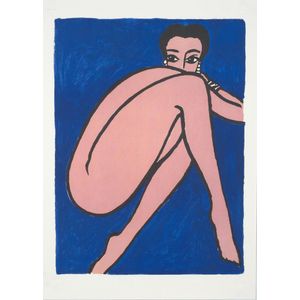
Bernard Villemot's 'Les Parisiennes' Exhibition Poster (1982)
A Bernard Villemot 'Les Parisiennes' poster, 1982, poster created in 1982 for a Villemot exhibition. This image was created for the album 'Les Parisiennes' in 1971. This poster is a later edition created for a Villemot exhibition in 1982, 69 x 50 cm
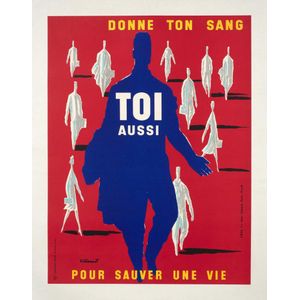
Give Blood, Save Life
A Bernard Villemot 'Donne ton sang Toi Aussi' original lithographic poster, 1955, 'Donne ton sang Toi Aussi pour sauver une vie' (Give your blood as well to save a life) - 1955, Published by Chavane, Paris. An original vintage poster designed by Villemot…
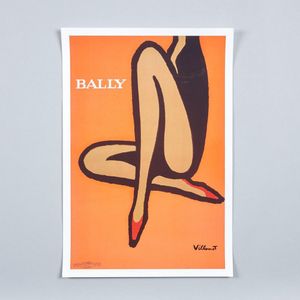
Bally Orange Vintage French Poster
Bernard Villemot, Bally orange, printed C. 1980. 68.5 x 38 cm. This piece is from a private collection of original, rare French vintage posters that have been produced as early as the 1920s and have been assembled from various visits to Paris. They have…
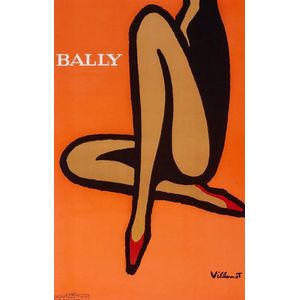
Vintage Bally Orange Poster by Bernard Villemot
Bernard Villemot - Bally orange, printed C. 1980. 68.5 x 38 cm, this piece is from a private collection of original, rare French vintage posters that have been produced as early as the 1920s and have been assembled from various visits to Paris. They have…

Winter Sports in France
After Bernard Villemot (1911-1990) Sport d'Hiver, France 1954 lithograph, colour poster, 88 x 56.5 cm
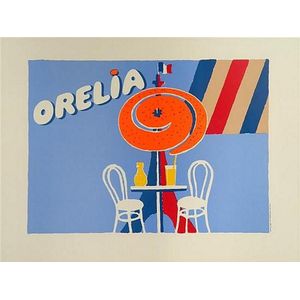
Villemot's Orangina Orelia Advertising Poster
Villemot Orangina Orelia, French advertising poster, Artwork by Bernard Villemot. Professionally linen backed 55 cm x 72 cm

Bally Shoes Poster by Bernard Villemot
Original French advertising poster, Bally 'Blonde' or 'Pink shoes', graphic artist Bernard Villemot. Professionally linen backed 64 cm x 42 cm
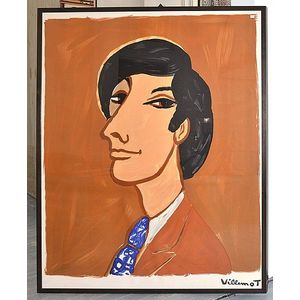
Bernard Villemot's Perrier and Contrex Portrait Series Poster
Vintage poster by Bernard Villemot, from Portrait Series for Perrier And Contrex, circa 1971, colour lithographic, linen backed and framed 172 x 137 cm

Radiola Lithograph by Bernard Villemot
Bernard Villemot (French 1911-1989), Radiola, lithograph in colours printed by 'Bedos & Cie, Paris', linen-backed, condition A- 116 cm x 76 cm
 Loading more...
Loading more...